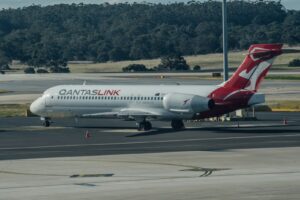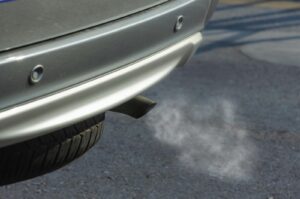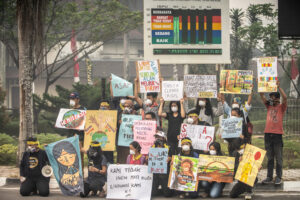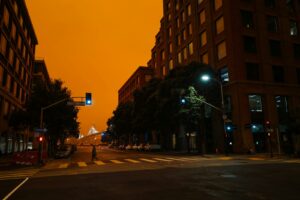The horror of the Australian bushfires and air pollution
Wildfires have been ravaging Australia for several months, with fires beginning in September and continuing to spread today (January 6).
Although wildfires are part of the Australian eco-system and are an important process for regenerating land, these fires are the worst since records began, with climate change being partly to blame.
According to reports, an estimated 4 million hectares of land has been destroyed so far, with 2,000 homes lost to the flames which as a result has forced thousands of people to seek shelter elsewhere.
The current death toll has reached 25 people, which includes three firefighters, and it is estimated that over 500 million animals have been affected.
Wildfires can start for a number of reasons, from natural causes such as dry vegetation or a lightning strike to human arson such as abandoned cigarette butts or irresponsible fireworks.
In a report published by the Climate Council, it is described that due to climate change, since the mid-1990s, southeast Australia has experienced a 15% decline in late autumn and early winter rainfall and a 25% decline in average rainfall between April and May.
This decreased rainfall has led to drought which means that vegetation is more flammable and susceptible to extreme fires.
Across Australia, the average temperature has also increased, with temperatures reaching a record-breaking 48.9 degrees last month (December).
These higher temperatures exacerbate the dry conditions, enabling the fires to take hold and spread quickly.
As well as the immediate dangers that these bushfires pose to the residents of affected areas, wildfires also pose an increased threat to the long-term health of the whole population of Australia, due to increased air pollution.
According to a report, an estimated 90% of the total particle mass emitted from wildfires is fine particles, this, therefore, makes particulate matter (PM2.5) the number one public health threat from long-term exposure to wildfire smoke.
Air Quality News has regularly reported on the health impacts of PM2.5 exposure, which can range from respiratory tract irritation to asthma, reduced lung function, heart failure and premature death.
PM2.5 can also travel a long way from its original source.
On January 2, Australia’s capital Canberra recorded its worst-ever air quality, with readings of PM2.5 spiking to over 200 µg/m3.
In December, Sydney also recorded its worst-ever air quality to date, with PM2.5 levels reaching nearly 400µg/m3, a level which is described by the World Health Organisation as hazardous, meaning that everyone may experience serious health effects.
Various reports have also shown that smoke from the Australian bushfires has travelled thousands of miles to New Zealand, with reports of the sky turning dark orange in colour.
Carbon monoxide is also present in wildfire smoke, however, it does not pose a significant hazard to the general population because it does not travel far from the original source.
Additionally, wildfire smoke also contains hazardous air pollutants (HAPs). According to the report, HAPs can contribute to adverse health effects in children, pregnant women, the elderly and those with existing lung, heart or liver problems.
Dr Richard Broome, environmental health director at the Government of New South Wales (NSW) has warned that the fires will very likely continue to engulf many parts of the State with smoke continuing to affect communities.
He revealed that over the past week (January 1) there has been 25% more presentations for asthma than the usual weekly average.
The NSW ambulance service has also received around 2,330 calls in this period, this is around 30% more than the average.
Dr Broome warned: ‘NSW Health continues to recommend that people should avoid outdoor physical activity when there is smoke around.’
In response to this increasing crisis, Scott Morrison, the Prime Minister of Australia announced on Saturday (January 4) that he will dispatch 3,000 army, navy and air force reservists to help battle the fires. This is the first time in Australia’s history that this has been necessary.
Mr Morrison has also committed $20m (£10.6m) to lease fire-fighting aircraft from overseas and has also announced that he will send 450,000 air pollution masks from the national medical stockpile to high-risk members of the public.
In a statement today (January 6) Mr Morrison said: ‘While the immediate focus for our emergency services and the Australian Defence Force is keeping people safe and defending against the fires hitting so many areas, we also need to be ready to hit the ground in communities where the fire-front has passed to help them rebuild.’
However, the PM has faced widespread criticism for failing to make the connection between the forest fires and climate change.
Australia is currently one of the world’s biggest greenhouse gas emitters, with Market Forces estimating that tax-based fossil fuel subsidies cost Australia almost $12bn (£6.3n) a year, and in a speech, last month (December) Mr Morrison has indicated that there will be no changes in his pro-fossil fuel policies.
Photo Credit – Pixabay













